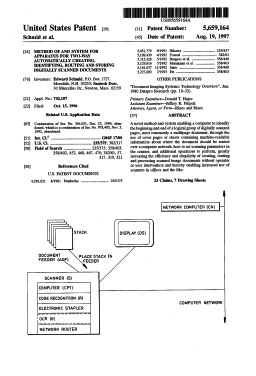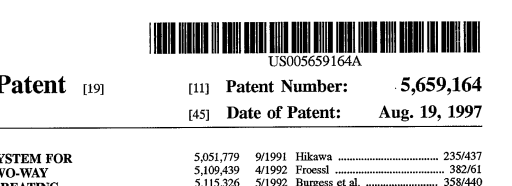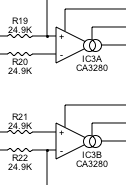 There has been a lot of fearmongering from the electronic music crowd
for a long time about electronic music parts going out of
production. Usually it's just a case of some guys who are
naturally kind'a jumpy. However, this one looks serious;
Intersil
has recently set the status of the CA3280 Operational
Transconductance Amplifier to "To Be Discontinued".
There has been a lot of fearmongering from the electronic music crowd
for a long time about electronic music parts going out of
production. Usually it's just a case of some guys who are
naturally kind'a jumpy. However, this one looks serious;
Intersil
has recently set the status of the CA3280 Operational
Transconductance Amplifier to "To Be Discontinued".
"What you talkin' bout Willis?"
An Operational Transconductance Amplifier ("OTA") is something like an
opamp, but is really quite different. It's an amplifier; and
like an opamp it has a pair of differential inputs and a single
output. But the output is a current source instead of a voltage
source. The gain of the amplifier is expressed as a
transconductance (current out / voltage in), and that gain is
programmable because it is proportional to the current going into a
gain programming pin. While opamps are almost always
implementing some function by the use of a specific feedback network,
the OTA is very often used open loop (or partially open loop).
OTA's are perfect for a multitude of electronic music applications
because they can control a parameter, such as amplifier gain or filter
frequency, and control it very accurately over a range of at least
three decades.
The first OTA chip was the RCA CA3080 introduced around 1969 or
so. The current OTA of choice is the CA3280 introduced roughly
around 1971. By a complex series of corporate megers and
acquisitions, GE bought Intersil and formed GE Semiconductor, GE then
bought the entire RCA Corp. and merged the two semiconductor groups,
GE sold the combined semiconductor group to Harris, Harris sold all
assets to a management buyout group, which reorganized things and
chose the name "Intersil" for the new company. Or something like
that; I was napping at the time.
So here's my recent email conversation with Intersil support on the
matter:
Gentlemen,
I see from the Intersil web site that the CA3280 and CA3280A
Tranconductance Amplifiers have been scheduled to be discontinued. I
want to suggest that these chips are too important to retire.
1. The RCA/GE/Harris/Intersil line of Operatational Transconductance
Amplifiers used to include the following chips:
CA3080 -- basic single OTA, used for most examples of OTA
operation and applications
CA3060 -- triple OTA
CA3094 -- OTA with simple output buffer
CA3280 -- dual deluxe OTA
The CA3080 was discontinued recently, the CA3060 and CA3094 were
discontinued previously. So right now, the CA3280 is the last of
of the Intersil OTA's.
The 3280 is clearly the most advanced and flexible. It features
a very nice input diode linearization circuit, low noise, low
offset voltage, and it comes in matched pairs. None of the other
chips comes close in these areas, so if you can only support one
OTA chip, that's the one.
The 3280 is also capable of functionally replacing any of the
other OTA models, ignoring the obvious pin-compatibility issues.
There are not many alternatives available from other
manufacturers. For instance:
LM13600 -- dual OTA with simple diode linearization and simple
buffer
LM13700 -- ditto
The LM13600 has been discontinued. Neither the LM13600 nor the
LM13700 has the performance of the CA3280.
2. There are many audio electronics applications for the 3280, and
while admitedly most audio is digital now, the analog
alternatives are where the high-end markets lie.
("Reproduction" is mostly digital, put "production" is mostly
analog.)
3. The 3280 is invaluable in electronic music work. It's the
preferred chip for voltage controlled oscillators, voltage
controlled filters, voltage controlled amplifiers, waveform
shaping, modulation, signal processing, routing and control, chaos
circuits, simulation of mechanical systems, and so forth. And
there is currently a resurgance in modular analog music
synthesizers (SynthTech, Synthesizers.com, Buchla, Cyndustries,
Blacet, Doepfor, Oakley, etc.).
4. Along those lines, the 3280 is inspirational for new designs.
For example, my Quadrature Trapezoid thru-Zero Voltage Control
Oscillator, my Interpolating Scanner and my Voltage Controlled
Duty Cycle Sawtooth Circuit (http://www.till.com/articles) are
all innovative designs inspired by the CA3280. And I have a
significant number of additional applications in the pipeline.
5. I predict that if the CA3280 is not discontinued, sales will
pick up as the supplies of the other OTA chips drop off and the
choice of which OTA to use narrows, with the resurgance of audio
and electronic music applications, and with new applications
being developed.
In summary, I think it would be a big win to keep the CA3280 in
production, for all the standard business reasons, but also because
the chip is culturally and educationally important, and it would give
Intersil a great repuation.
Thanks for listening.
-- Don Tillman
Engineer, consultant, writer, musician
Palo Alto, CA
don@till.com
http://www.till.com
I received a response the next morning:
Dear Don,
I will pass on your concerns but please understand, these CA family of
products were developed by RCA on a very old and obsolete fab process
that is long since been discontinued and the fab plant was shut down
and sold off. We have been living on wafer stock. Today the wafer
stock has been depleted to the point we have to withdraw the
product. We need to insure we have enough product remaining to support
the life time buys that are now incoming.
So, we reluctantly must withdraw these CA parts as our stock is
depleted and in good faith, notify our customer base in time for last
time buys.
Sorry
Intersil corp.
I tried for a few more details:
Thanks for passing my comments on.
The CA series parts are certainly old; I think most of them were
introduced before the Nixon administration (!!!).
Do you know if another company (like the one that purchased the old
fab equipment) is considering carrying on producction when the
current stock depletes?
Or would Intersil consider introducing an improved 21st century
version of the the CA3280, made in a modern fab?
-- Don Tillman
And received this the next morning:
Don,
We are sorry but what FAB equiptment we did not move to Florida, we
sold with the building. The CA process was based on an old 7 micron
specialized process. So, the process is gone and is not worth the
time and 10's of millions to rebuild when today we are working with
sub micron processes. The market size for the CA part just will not
return a profit for the cost.
As for other sources, I would start with our obsolete distributor,
Rochester Electronics. You might consider looking at
Analog Devices,
Linear Technology or
Maxim
for alternatives.
Hokay, well... I don't blame Intersil. The process used to
make those chips is very old and has been handed down through a number
of corporate buyouts. And I'm sure the CA3280 hasn't been their top
seller. Still, this sucks.
Also, this appears to affect the entire CA line which, besides the
four OTA's, includes transistor arrays, opamps, video amps, amps with
unusual circuit configurations and taps, special purpose radio and
television circuits, and so forth. Most of these are somewhat
antiquated designs and have few practical uses today. The
transistor arrays are certainly nice, but given how easy it is to
hand-match transistors, I don't see an array of less-than-great
transistors on a chip as an especially compelling story. But
the OTA's are a serious loss.
What to do? Well, several things:
-
For one, there are a lot of CA3280's still available, maybe hundreds
of thousands, and that should meet demand for a while. Concerned
electronic music folks could make "lifetime buys" and do fine.
-
I have a number of projects and articles in the pipeline that use
CA3280's, and I'll keep on course with those. (Although,
admitedly, one project uses dozens of CA3280's; we'll have to see
how that one goes.)
-
Use the LM13700; it's not as good, but it's still in production and
second sourced. (It might actually work for my dozens-of-OTA's
project.)
-
The guys who the fab was sold to? Oh, never mind...
-
Try to get other foundries to manufacture OTA chips. OTA's are
general purpose devices, not specific to electronic music
applications, so the demand should be enough to support at least one
good one.
-
Build discrete OTA's. OTA's are not complex devices, although
a substantial amount of hand matching of transistor will be
required, but that's not difficult. Heck, the original Moog
modulars were all discrete.
-
This is also an opportunity to build a better discrete OTA. I
might do that; it could have a lower noise input stage, built in
exponential conversion for the programming current, a better
linearization circuit, better current mirrors, that sort of thing.
And... this is a wonderful opportunity for another semiconductor
manufacturer to build a 21st century version of the CA3280. Are
you listening
Analog Devices
National,
On Semicondcuctor,
THAT Corp.,
Linear Technology?
Or even
Intersil. I'll be happy
to consult on such a project.

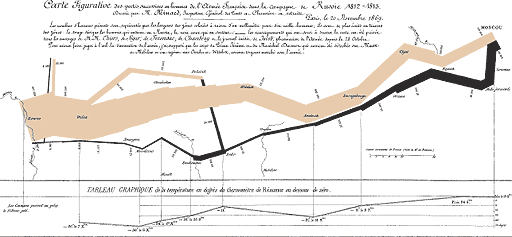
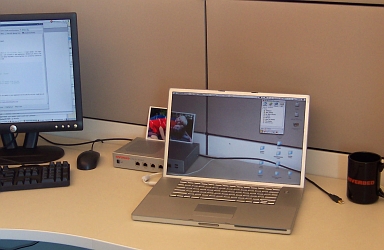
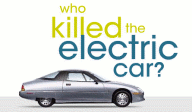
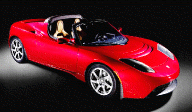




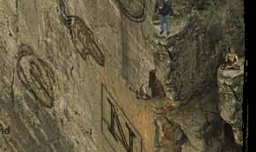
 There has been a lot of fearmongering from the electronic music crowd
for a long time about electronic music parts going out of
production. Usually it's just a case of some guys who are
naturally kind'a jumpy. However, this one looks serious;
There has been a lot of fearmongering from the electronic music crowd
for a long time about electronic music parts going out of
production. Usually it's just a case of some guys who are
naturally kind'a jumpy. However, this one looks serious;
